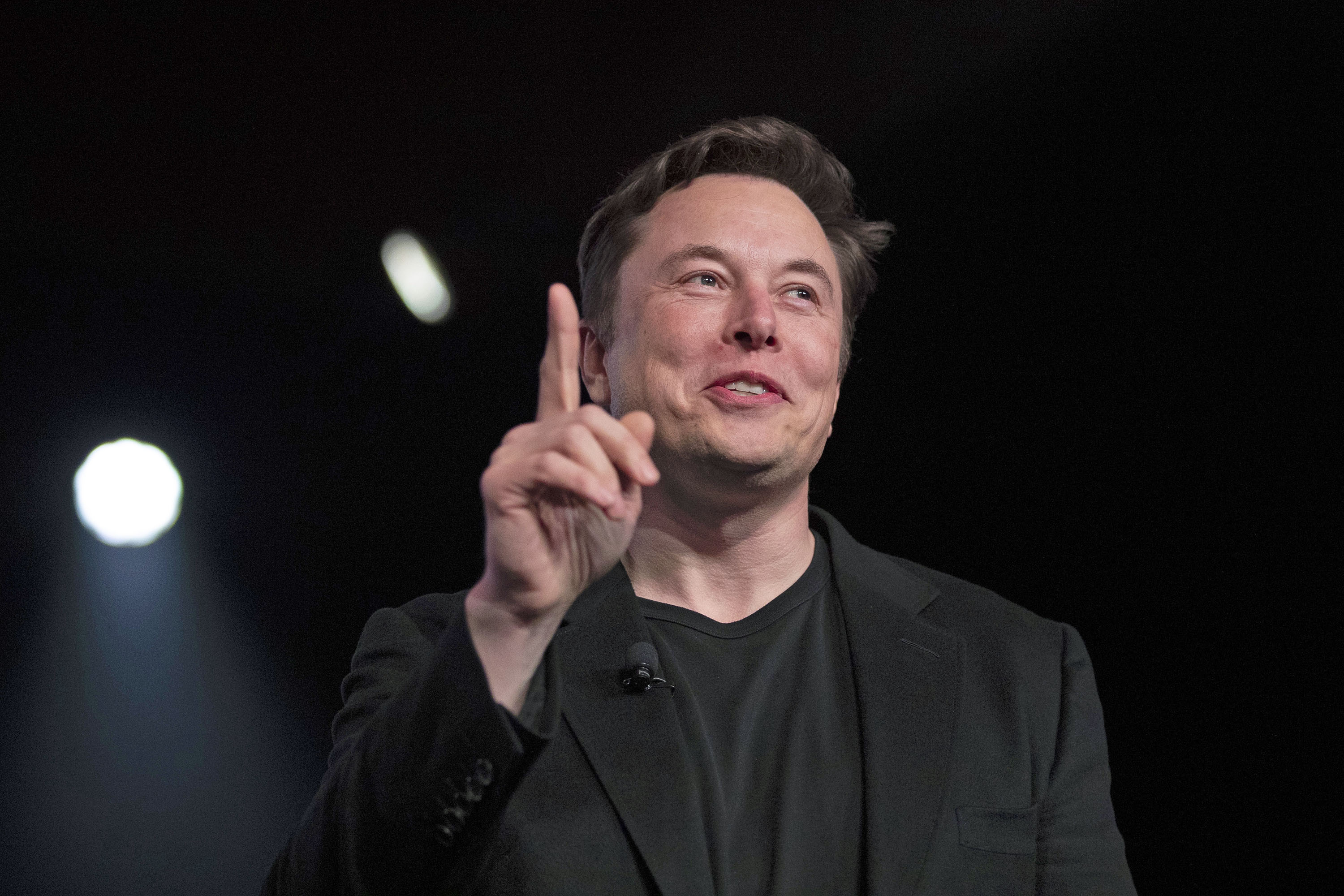- Elon Musk is the CEO of Tesla and SpaceX.
- When he’s not busy running those companies, he’s also the CEO of Neuralink – a neurotechnology startup that plans to implant devices into human brains starting in 2020.
- For the first time on Tuesday night, Musk and colleagues unveiled Neuralink’s plans for the future.
- Visit Business Insider’s homepage for more stories.
Elon Musk is a busy man.
When he’s not digging a tunnel underneath a major city to try and create a new form of transportation, or starting a major car manufacturer, or trying to move the human species to Mars, he’s running a company that intends to implant computer chips into human beings.
That company is named Neuralink, and you’re forgiven if you’ve never heard of it – since being announced in 2016, not much has been said about the San Francisco-based startup. But an event on Tuesday evening starring Musk himself offered a deep look into what to expect from Musk’s next huge venture.
Here’s what we learned:
1. Neuralink has three stated goals: Treating brain disorders and helping people who had accidents, creating a brain-machine interface, and building toward a potential symbiosis with artificial intelligence. The first of those goals is the most realistic in the short-term.

Neuralink is a company in its early stages, despite having already received a vast sum in startup capital: $100 million from Musk himself, and another $58 million in initial investments, according to the New York Times.
But the company's ambitions are huge: To create brain-machine interfaces that enable your mind to directly interface with external processing power. It sounds like something out of "Star Trek," but the logic is sound.
"If you know somebody who's broken their neck, broken their spine - we can solve that with a chip," Musk said on Tuesday night. "And this is something that I think most people don't understand yet."
It's not just a measure of computerizing your brain, but a measure of potentially fixing complex neurological problems. "I think there's an incredible amount we can do to solve brain disorders and damage," Musk said.
2. The moonshot stuff isn't anywhere close to ready yet.

"I do want to emphasize that it's not going to be like suddenly Neuralink will have this incredible neural lace and will start taking over people's brains. It will take a long time. And you'll see it coming," Musk said on Tuesday night.
He was joking - a reference to the Skynet-esque concept of plugging everyone's brains into the internet.
But, more seriously, he was pointing to the slow progress of working on devices with human interfaces. Neuralink tests its products on monkeys first, and even says it's managed to enable some level of mind-based computer control in one such monkey, but it'll be quite some time before any of those results show up as consumer products.
"Getting FDA approval for devices of any kind is difficult, and this will be a slow process where we will gradually increase the issues that we solve until, ultimately, we can do a full brain-machine interface," Musk said.
3. The end goal for Neuralink goes beyond brain-machine interface — Musk wants nothing less than "a sort of symbiosis with artificial intelligence."

In the short-term, Musk's Neuralink is hoping to help solve major neurological issues. In the medium-term, the company wants to achieve brain-machine interface.
But in the long-term, things get "pretty weird," Musk said. In short, Musk is hoping Neuralink will help to "achieve a sort of symbiosis with artificial intelligence."
This comes with some pretty big assumptions, the most basic of which is that artificial intelligence will become so advanced that it matches or surpasses human intelligence. But, assuming it does - as Musk clearly believes - achieving that symbiosis could be "really important at a civilization-level scale."
His biggest worry is that AI will outright surpass human intelligence and "we will be left behind" as a species. But, if our species can create a "high-bandwidth brain-machine interface," then we might stand a chance of keeping up.
"We can actually go along for the ride," Musk said, "and we can effectively have the option of merging with AI."
Again, this isn't happening any time soon, according to Musk.
Musk and colleagues at Neuralink went into far, far more detail about the company's plans for the future in a presentation on Tuesday night that you can watch right here:

